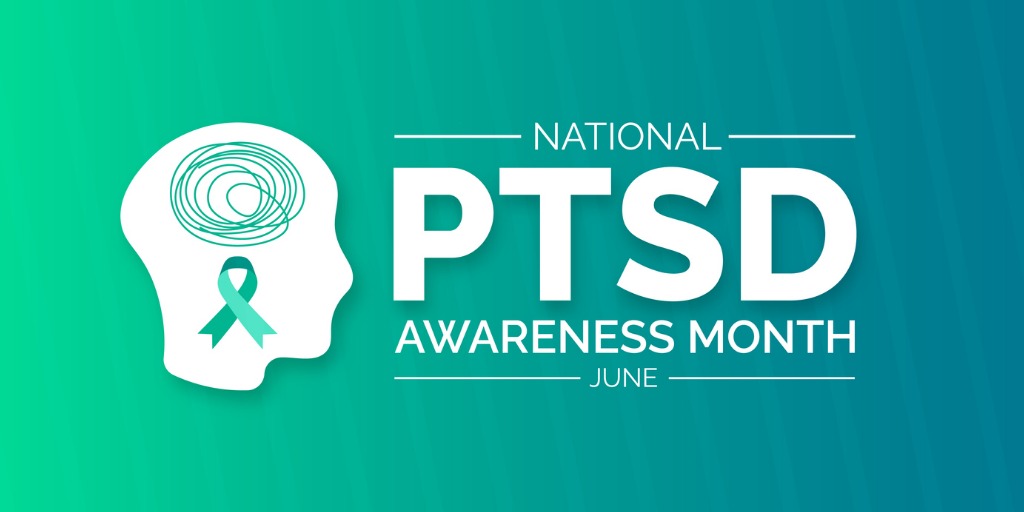| By Barbara Wexler, MPH |
Post-Traumatic Stress Disorder (PTSD) is a mental health condition triggered by experiencing, witnessing, or sometimes even simply hearing about a traumatic event. Although PTSD is often associated with military combat, the condition is not limited to combat veterans. It can affect anyone who has lived through extreme trauma, usually understood as actions or events that involve the threat of death or serious injury to oneself or to loved ones. Examples of the types of traumas that trigger PTSD include natural disasters, terrorist acts, mass shootings, sudden death of a loved one, rape, or other violent personal assaults or serious accidents.
PTSD is characterized by a range of symptoms that can severely impair daily functioning and quality of life. There are four types of symptoms:
- Intrusive memories
- Avoidance
- Negative changes in thinking and mood
- Changes in physical and emotional reactions
Intrusive memories include recurrent, unwanted distressing memories of the traumatic event, flashbacks, and nightmares. Avoidance symptoms are efforts to keep from thinking or talking about the event and staying away from places, activities, or people that remind one of the trauma. Negative changes in thinking and mood may include feelings of hopelessness, emotional numbness, and difficulty forming or maintaining close relationships. Changes in physical and emotional reactions can manifest as being easily startled, trouble sleeping, irritability, and self-destructive behaviors.
An estimated six percent of people in the United States will suffer from PTSD at some time in their lives, and about 13 million Americans have PTSD.1 The disorder can affect anyone, regardless of age, gender, or background. However, certain populations are more vulnerable. Veterans and active-duty military personnel often suffer from PTSD as a result of combat exposure. First responders, such as police officers, firefighters, and emergency medical personnel, are also at high risk because of the nature of their work. Survivors of physical and sexual assault, accidents, and natural disasters can develop PTSD as well. It’s important to understand that PTSD is not a sign of weakness but a significant response to extraordinary stress.
Recognizing PTSD involves identifying the symptoms, particularly those that persist for more than a month and interfere with daily life. People with PTSD may have heightened anxiety, severe mood swings, and an inability to concentrate. Social withdrawal and avoidance of reminders of the trauma are common, and physical symptoms like headaches or digestive disorders may also occur. Friends and family members might notice these changes and can encourage affected individuals to seek help.
Treatment for PTSD often involves a combination of psychotherapy and medication. Cognitive behavioral therapy (CBT) is widely used, particularly a type of CBT called cognitive processing therapy (CPT), which helps people reframe negative thoughts about the trauma. Prolonged exposure therapy is another method, encouraging people to face and manage their fears by gradually exposing them to the trauma memory.
Eye movement desensitization and reprocessing (EMDR) is a technique that’s shown promise in reducing the intensity and emotion associated with traumatic memories. Medications such as selective serotonin reuptake inhibitors (SSRIs) can help relieve symptoms of depression and anxiety associated with PTSD. Treatment plans also may include support groups and education for patients and their families.
Recently, the FDA approved a 28-day at-home treatment that focuses on dysfunctional breathing patterns through guided breathing exercises and real-time feedback; the course has demonstrated remarkable effectiveness in relieving symptoms of PTSD.2,3 This drug-free treatment analyzes respiratory patterns, and the treatment is designed to achieve specific post-treatment breathing patterns. By providing people with PTSD with real-time feedback on their breathing patterns and progress, this novel treatment empowers them to take an active role in managing their condition and fostering self-efficacy.
Raising awareness about PTSD is critical for several reasons. First, it reduces stigma, encouraging more people to seek help without feeling ashamed. Stigma can prevent people from acknowledging their symptoms and seeking the treatment they need. Awareness also educates the general public about the struggles those with PTSD face, fostering empathy and support. Further, increased awareness can inform better policies and encourage funding for research and resources dedicated to PTSD, leading to advances in treatment. Understanding the impact of PTSD on diverse populations, from veterans to assault survivors, helps to ensure that appropriate resources are available to all who need them.
June is PTSD Awareness Month, and to help educate the public about it (and a myriad other health and medical topics), Gale Health and Wellness has a portal dedicated to PTSD. Check it out here.
PTSD is a complex and often debilitating condition that requires comprehensive understanding and effective treatment. Recognizing its symptoms and knowing about available treatments are essential steps in supporting those with PTSD. By addressing PTSD with compassion and informed action, society can help those affected rebuild their lives and regain their health and well-being.
2 Feinstein JS, Gould D, Khalsa SS. “Amygdala-driven apnea and the chemoreceptive origin of anxiety.” Biol Psychol. 2022 Apr;170:108305. doi: 10.1016/j.biopsycho.2022.108305. Epub 2022 Mar 7. PMID: 35271957; PMCID: PMC10227885.
3Kaplan A, Mannarino AP, Nickell PV. “Evaluating the Impact of Freespira on Panic Disorder Patients’ Health Outcomes and Healthcare Costs within the Allegheny Health Network.” Appl Psychophysiol Biofeedback. 2020 Sep;45(3):175-181. doi: 10.1007/s10484-020-09465-0. PMID: 32342249.


